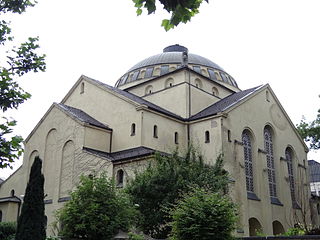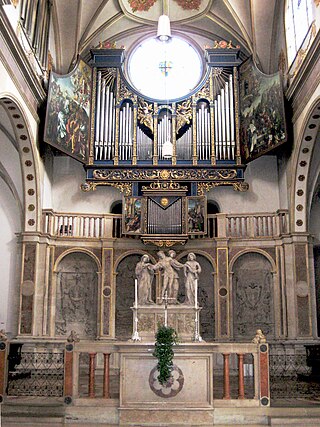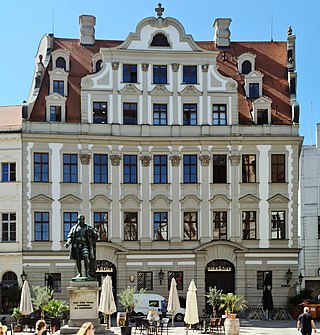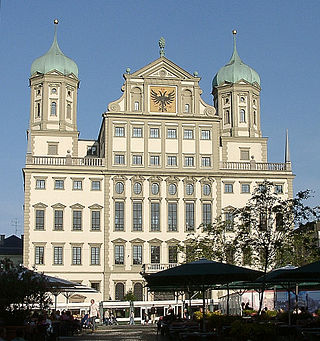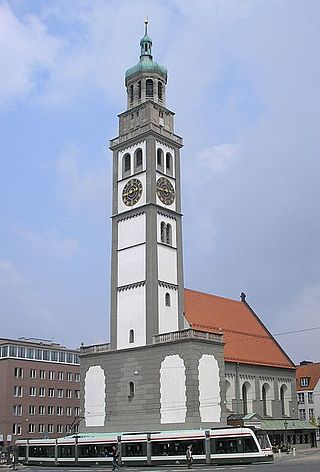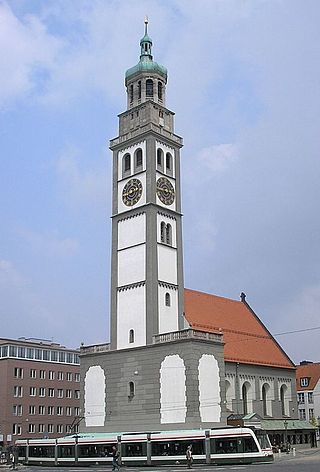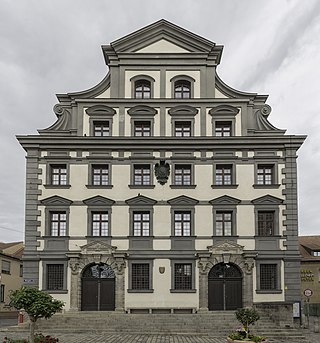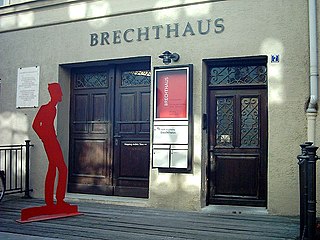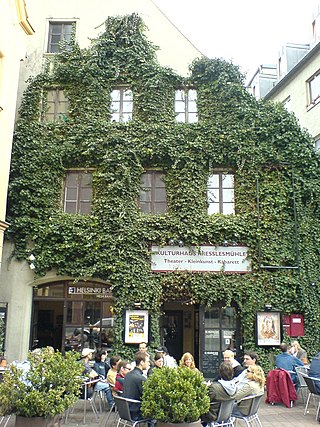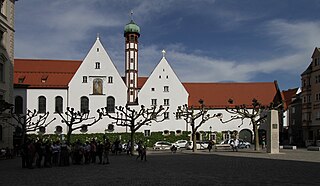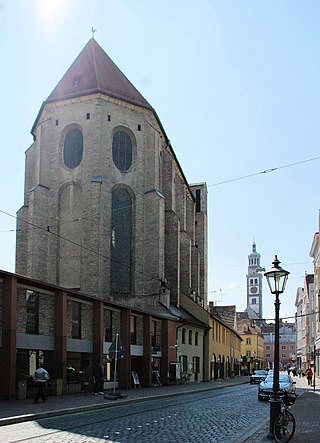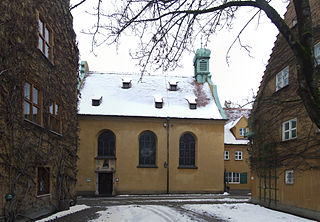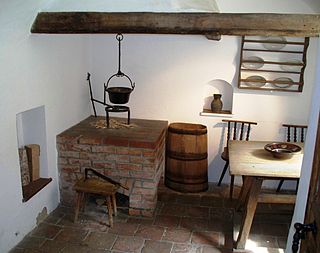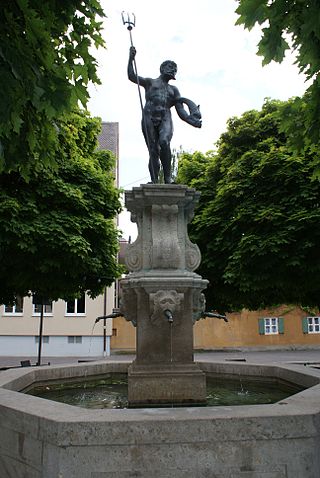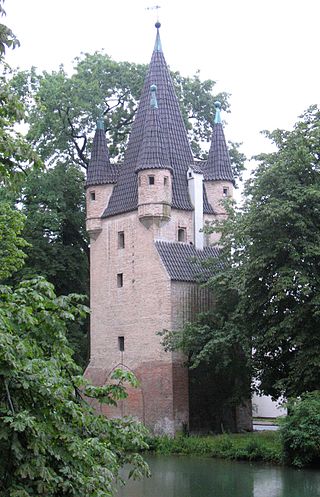Self-guided Sightseeing Tour #1 in Augsburg, Germany
Legend
Guided Free Walking Tours
Book free guided walking tours in Augsburg.
Guided Sightseeing Tours
Book guided sightseeing tours and activities in Augsburg.
Tour Facts
3.1 km
65 m
Experience Augsburg in Germany in a whole new way with our free self-guided sightseeing tour. This site not only offers you practical information and insider tips, but also a rich variety of activities and sights you shouldn't miss. Whether you love art and culture, want to explore historical sites or simply want to experience the vibrant atmosphere of a lively city - you'll find everything you need for your personal adventure here.
Activities in AugsburgIndividual Sights in AugsburgSight 1: Jewish Museum Augsburg Swabia
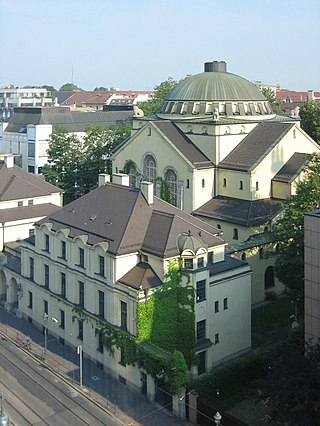
The Jewish Museum Augsburg Swabia was opened in 1985 under the name "Jewish Cultural Museum Augsburg-Swabia". At that time, it was the first independent Jewish museum in the Federal Republic of Germany. In November 2018, it was renamed "Jewish Museum Augsburg Swabia".
Wikipedia: Jüdisches Kulturmuseum Augsburg-Schwaben (DE), Website
Sight 2: Augsburg Synagogue
The Augsburg synagogue serves as a cultural center for the Jewish community in Augsburg. For example, the Jewish Community of Swabia-Augsburg celebrates Shabbat there every Friday evening and every Saturday morning. The synagogue was built between 1914 and 1917 according to the designs of the architects Fritz Landauer and Heinrich Lömpel in Halderstraße, not far from Königsplatz. The synagogue in Augsburg was also affected by the Kristallnacht pogrom and the Allied air raids that were carried out later. It was not until 1963 that a small part of the synagogue could be used by the community again. Between 1974 and 1985, the synagogue was finally completely restored. Since its reopening in 1985, it has also housed the Jewish Museum Augsburg Swabia. The synagogue can be visited as part of the museum visit.
Sight 3: Sankt Anna
The Church of St. Anne is a medieval Evangelical Lutheran parish church in Augsburg, Germany. Originally built in 1321, it has undergone several significant renovations since, and is notable for its elaborate interior decoration, and its role in Protestant-Catholic relations in Germany.
Sight 4: Köpfhaus
The Köpfhaus is a three-storey corner house in the city centre of Augsburg, which is a listed building. It is located at Fuggerplatz 9 and consists of various houses that have been united into one building over the centuries. The oldest parts of the Köpfhaus date back to the 14th century.
Sight 5: Maximilianmuseum
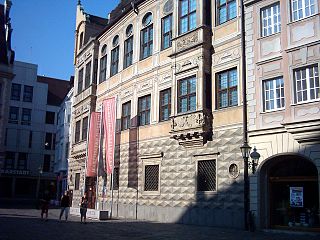
The Maximilian Museum is a large, public museum housed in a palatial building erected in 1546 in Augsburg, Germany. It houses a notable collection of decorative arts. Augsburg was the leading German center of sculpture, painting, and, especially, of fine work in gold in silver from the late Middle Ages until the modern period.
Sight 6: Fugger-Denkmal
In the list of monuments in the city centre, St. Ulrich–Cathedral, the monuments in the Augsburg district of Innenstadt, St. Ulrich–Dom in the Planning area inner city (I) listed. There is also a collection of pictures of these monuments.
Wikipedia: Liste der Baudenkmäler in Augsburg-Innenstadt, St. Ulrich–Dom (DE)
Sight 7: Goldener Saal
Get Ticket*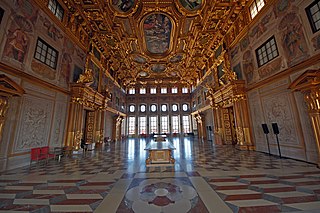
The Goldener Saal is a ceremonial room in the 3rd floor of Augsburg Town Hall, which is famous for its ceiling paintings, murals, and golden wall decoration. It was finished in 1643 and is one of the most important cultural monuments of the late Renaissance.
Sight 8: Rathaus
Augsburg Town Hall is the administrative centre of Augsburg, Bavaria, Germany, and one of the most significant secular buildings of the Renaissance style north of the Alps. It was designed and built by Elias Holl, Stadtbaumeister, in 1615–1624. Due to its historic and cultural importance, it is protected by the Hague Convention for the Protection of Cultural Property in the Event of Armed Conflict.
Sight 9: St. Peter am Perlach
St. Peter am Perlach or Perlach-Church is a romanesque Catholic church in the center of Augsburg (Bavaria). The tower of the church, the Perlachturm, is together with the Augsburg Town Hall the landmark of Augsburg.
Sight 10: Perlachturm
The 70-metre-tall Perlachturm is a belltower in front of the church of St. Peter am Perlach in the central district of Augsburg, Germany. It originated as a watchtower in the 10th century. The existing Renaissance structure was built in the 1610s by Elias Holl, who also designed the neighbouring Town Hall.
Sight 11: Georgsbrunnen
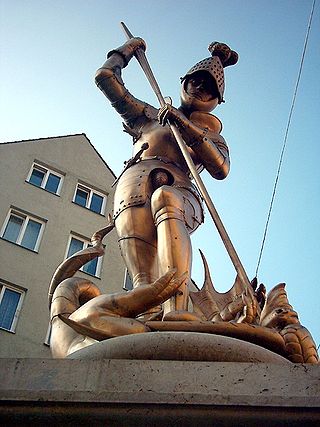
The Georgsbrunnen fountain in Augsburg is dedicated to Saint George. Like so many fountains in the city's history, it has often changed its location. Since 1993, it has been located opposite the Stadtmetzg at the lower end of the Perlachberg.
Sight 12: Stadtmetzg
The Stadtmetzg of Augsburg is a historic building in the style of the late Renaissance. It was built between 1606 and 1609 by Elias Holl and is located at the lower end of the Perlachberg. The listed building now belongs to the Jakobervorstadt-Nord district, even though historically it is not located in Jakobervorstadt, but in the Lechviertel. The town butcher's shop, which served as a butcher's shop for centuries, is now used as an administrative building.
Sight 13: Brechthaus
Get Ticket*The Brechthaus is the birthplace of the poet, playwright and writer Bertolt Brecht in the old town of Augsburg and is now a museum and memorial for him.
Sight 14: Kulturhaus Kresslesmühle
The Kulturhaus Kresslesmühle is a municipal cabaret theatre with an educational centre and gastronomy in Augsburg's Lechviertel. The building, which is registered as an architectural monument in the Bavarian List of Monuments, is a former water mill.
Sight 15: Kloster der Franziskanerinnen von Maria Stern
The Convent of the Franciscan Sisters of Maria Stern is a listed convent of Franciscan Tertiary Sisters, the Franciscan Sisters of Maria Stern, in the old town of Augsburg.
Wikipedia: Kloster der Franziskanerinnen von Maria Stern (DE), Website
Sight 16: Barfüßerkirche
The Protestant Barfüßerkirche in the old town of Augsburg was built in the 13th century by the Franciscans (Barfüßern). After its extensive destruction in the Second World War, it was rebuilt in parts in a simplified way. The towerless church building, which still consists mainly of the former choir, rises out of the tangle of narrow streets and simple gabled houses and appears straight and accurate in its strict form.
Sight 17: Fuggerei
Get Ticket*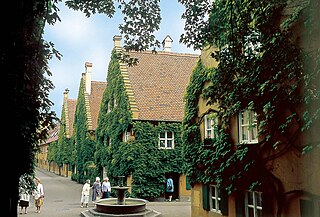
The Fuggerei is the world's oldest public housing complex still in use. It is a walled enclave within the city of Augsburg, Bavaria. It takes its name from the Fugger family and was founded in 1516 by Jakob Fugger the Younger as a place where the needy citizens of Augsburg could be housed. By 1523, 52 houses had been built, and in the coming years the area expanded with various streets, small squares and a church. The gates were locked at night, so the Fuggerei was, in its own right, very similar to a small independent medieval town. It is still inhabited today, affording it the status of being the oldest public housing project in the world.
Sight 18: Markuskirche
St. Mark's Church, also known as St. Mark's Chapel, in the Fuggerei in Augsburg was built from 1580 to 1582 and rebuilt until 1950 after its destruction in the Second World War. As an architectural monument, it is entered in the Bavarian List of Monuments.
Sight 19: Fuggereimuseum
The Fuggerei Museum deals with the history of the Augsburg Fuggerei. It was founded in 1957 and is located at Mittlere Gasse 13 and 14. In addition to a permanent exhibition, it houses a historic museum apartment that shows life and living in the Fuggerei at the time of the early 19th century, as well as a modern show apartment. Since 2008, a World War II bunker has also been attached to the museum.
Sight 20: Neptunbrunnen
The Neptune Fountain in Augsburg is dedicated to the Roman god Neptune and has an eventful history. It is Augsburg's oldest fountain figure, as it is assumed that the figure was created around 1518. Other sources assume that it was manufactured in 1536/1537. It was made of bronze and probably designed by the Augsburg sculptor Hans Daucher, other sources point to the sculptor Sebastian Löscher.
Sight 21: Jakobsbrunnen
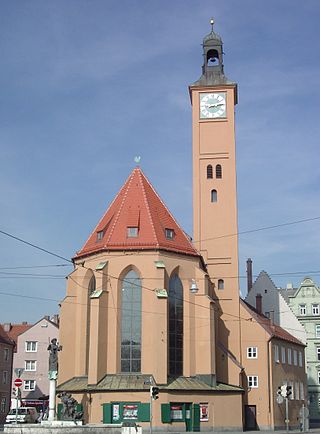
The Church of St. Jakob in Augsburg, also known as Jakobskirche, is a Protestant church in Augsburg, Germany. It is an architectural monument in the Augsburg-Jakobervorstadt-Nord district and the historical centre of Augsburg's Jakobervorstadt. The church is an important stop on the Augsburg Way of St. James, the St. James pilgrimage route in Bavarian Swabia. The St. James Pilgrimage Community Augsburg maintains the signage of the Way of St. James from Oettingen via Augsburg to Lindau.
Sight 22: Fünfgratturm
The Fünfgratturm is a fortified tower in Augsburg, Germany. It was built in 1454 as part of Augsburg's eastern city fortifications around the Jakobervorstadt. It has been isolated since the demolition of this part of the city wall in 1867/68. It was built especially for the so-called Scharwächter – patrols that ensured that the people of Augsburg could sleep peacefully. In 1948 and 1973/74 the tower was renovated. It is a listed building.
Share
How likely are you to recommend us?
Disclaimer Please be aware of your surroundings and do not enter private property. We are not liable for any damages that occur during the tours.
GPX-Download For navigation apps and GPS devices you can download the tour as a GPX file.
